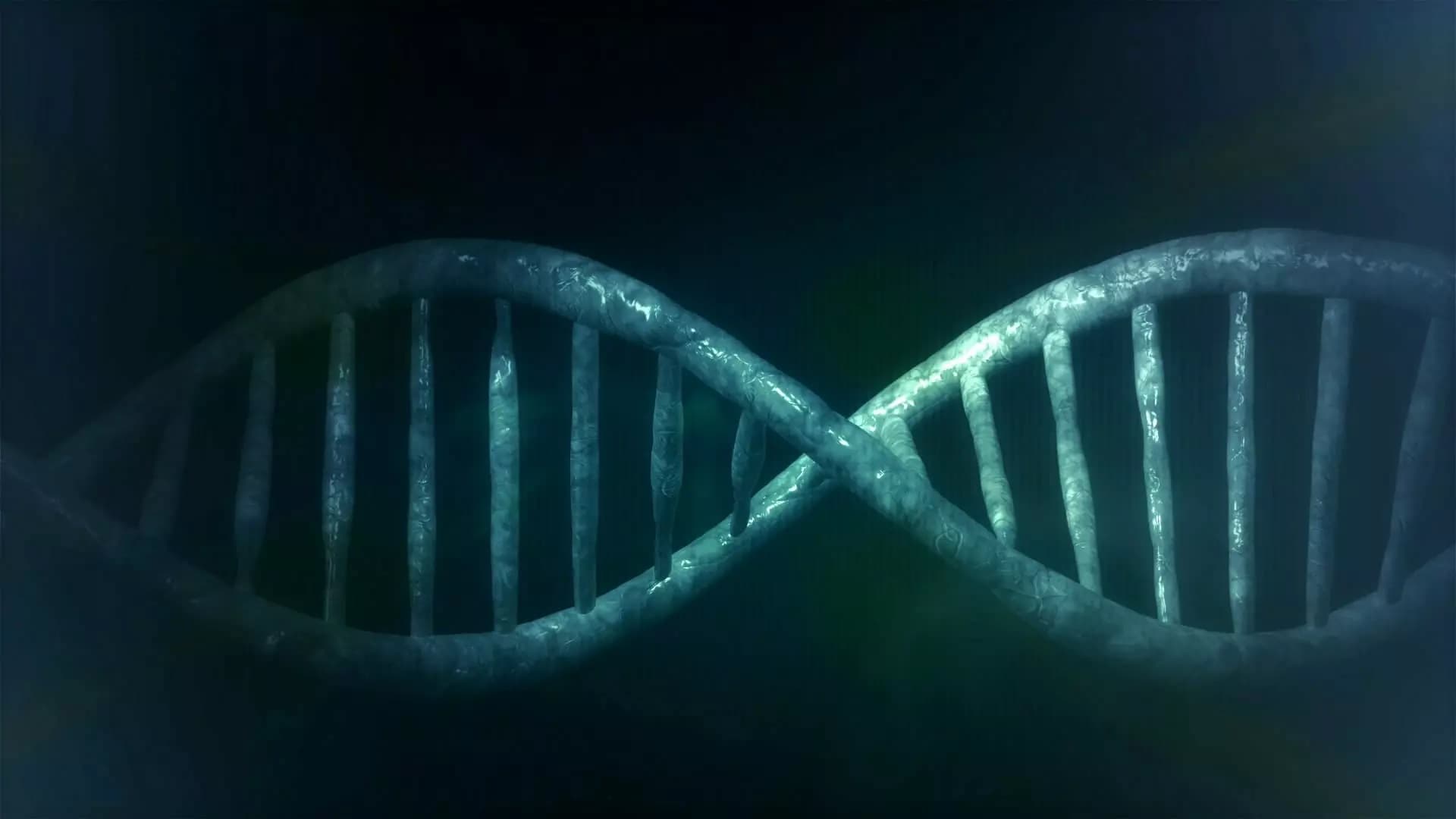Hopeful To Identify Human Genes
In line with this, scientists and researchers who study genetics tried developing some mathematical tools that might examine today’s human DNAs. They did their best and studied further with all that their knowledge could offer. Researchers were so hopeful of identifying past mixtures of the human genes. The research outcome also made them excited. They used different statistical methods, one after another. After many years of trials and errors and a lot of maybes, they finally ended up focusing on two strains of intermixing from the extraordinarily long and distant past.

Hopeful To Identify Human Genes
Neanderthals and Denisovans
Alan Rogers, a population geneticist, had a team working directly under him. The group operated out of the University of Utah, Salt Lake City. They have found different variations in different genomes at a single place. The group believed that the genomes did not just come from Europeans and Asians of today, but also the Neanderthals and Denisovans of the past. The results came from looking at hypothetical outcomes using eight mathematically different modelled cases of species intermixing. They tried figuring out which one best matched what they could identify.

Neanderthals And Denisovans
